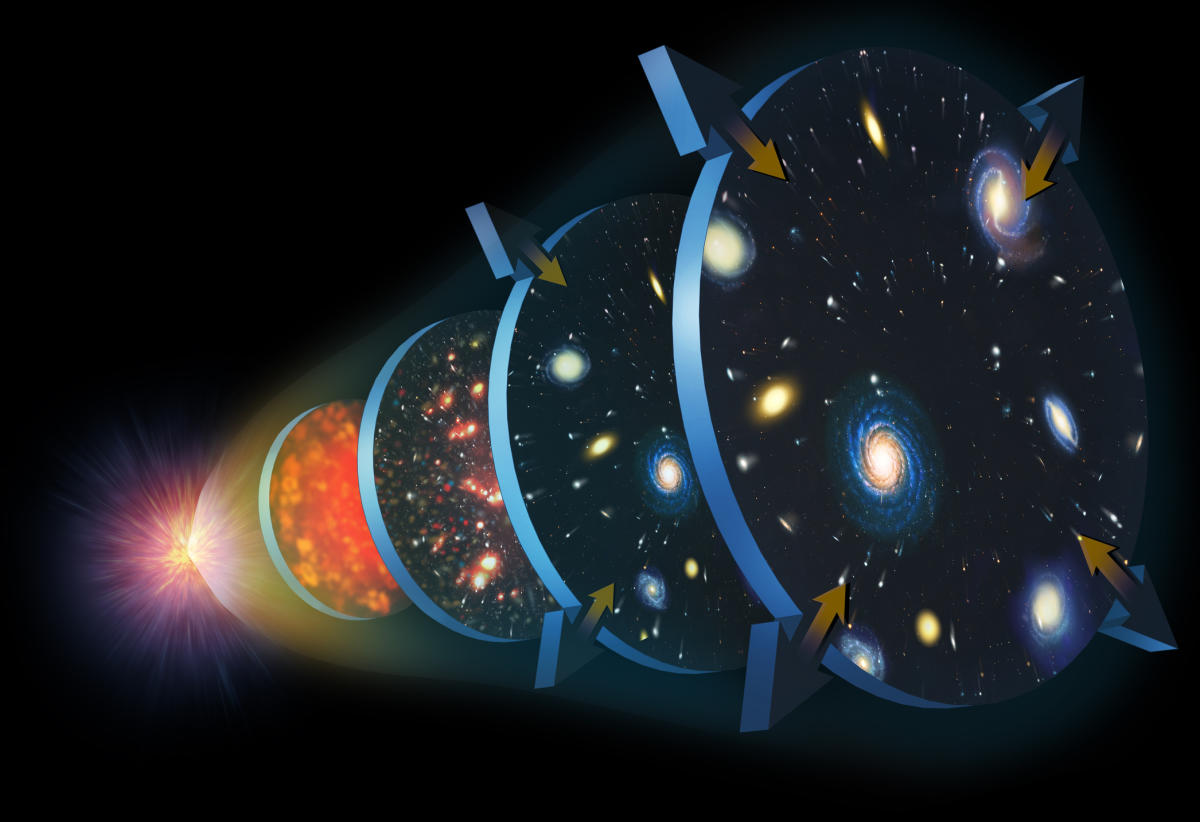The Journey of Elements: From the Big Bang to Stellar Explosions
We all know that the universe is composed of a wide variety of elements, ranging from light gases like helium to heavy metals such as lead. But have you ever wondered where all these elements came from? The story begins in the earliest moments of the Big Bang, when the universe was just a few seconds old.
During this time, the cosmos was packed into a volume much smaller than it is today, resulting in incredibly high densities and temperatures exceeding a billion degrees. Nuclear reactions were able to occur due to these extreme conditions, and stable entities like protons and neutrons did not exist. Instead, the universe was a chaotic sea of more fundamental particles called quarks and gluons.
As the universe expanded, it also cooled down. This cooling allowed quarks to bind together and form the first protons and neutrons. Protons, being slightly lighter than neutrons, had an advantage in this phase of particle production. After a few minutes, the universe became too cold for the creation of new particles. The heavy particles that had formed during this time were the only ones that the universe would make, aside from rare high-energy interactions in the future.
By the time these heavy particles froze out, there were approximately six protons for every neutron. Neutrons are inherently unstable and decay with a half-life of around 880 seconds. Some neutrons began to decay while the rest bonded with protons to create the first atomic nuclei. Calculations show that the universe initially consisted of roughly 75% hydrogen, 25% helium, and a small amount of lithium, which aligns with astronomical observations.
The next phase in element formation occurred with the birth of the first generation of stars, which appeared hundreds of millions of years after the Big Bang. Stars undergo nuclear fusion, converting hydrogen into helium and releasing energy in the process. This fusion can continue for billions or even trillions of years due to the abundance of hydrogen.
In the later stages of their lives, stars like our sun start fusing helium to produce carbon and oxygen before eventually dying as planetary nebulae. Carbon and oxygen are the most commonly produced elements after hydrogen and helium, with oxygen being the most abundant element on Earth.
More massive stars, at least eight times the mass of the sun, undergo fusion reactions that generate even heavier elements. The final stages of these massive stars’ lives give rise to elements like nitrogen, neon, silicon, sulfur, magnesium, nickel, chromium, and iron.
Stars can no longer synthesize elements beyond iron. Although their intense energies are capable of producing heavier elements, fusing these elements requires more energy than it produces. Therefore, heavier elements only occur rarely in the cores of massive stars. The remainder of the elements on the periodic table are formed when stars die in various spectacular ways.
Smaller stars shed their outer layers, scattering them throughout space, while larger stars explode in violent supernovas. These events release a tremendous amount of energy and radiation and create ideal conditions for the formation of new elements. Small stars leave behind white dwarfs composed mainly of carbon and oxygen, while larger stars transform into dense neutron stars.
Further element formation occurs in these intense and energetic events. Through supernovas or mergers of neutron stars, new elements are forged. These elements are then released into the interstellar medium, where they combine with new gas clouds to form subsequent generations of stars. This process of elemental recycling enriches the universe, slowly creating new elements and sustaining the cycle of stellar birth and death.


